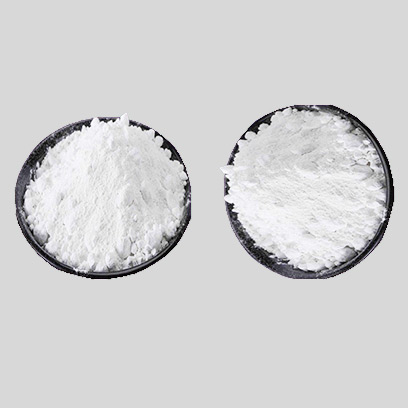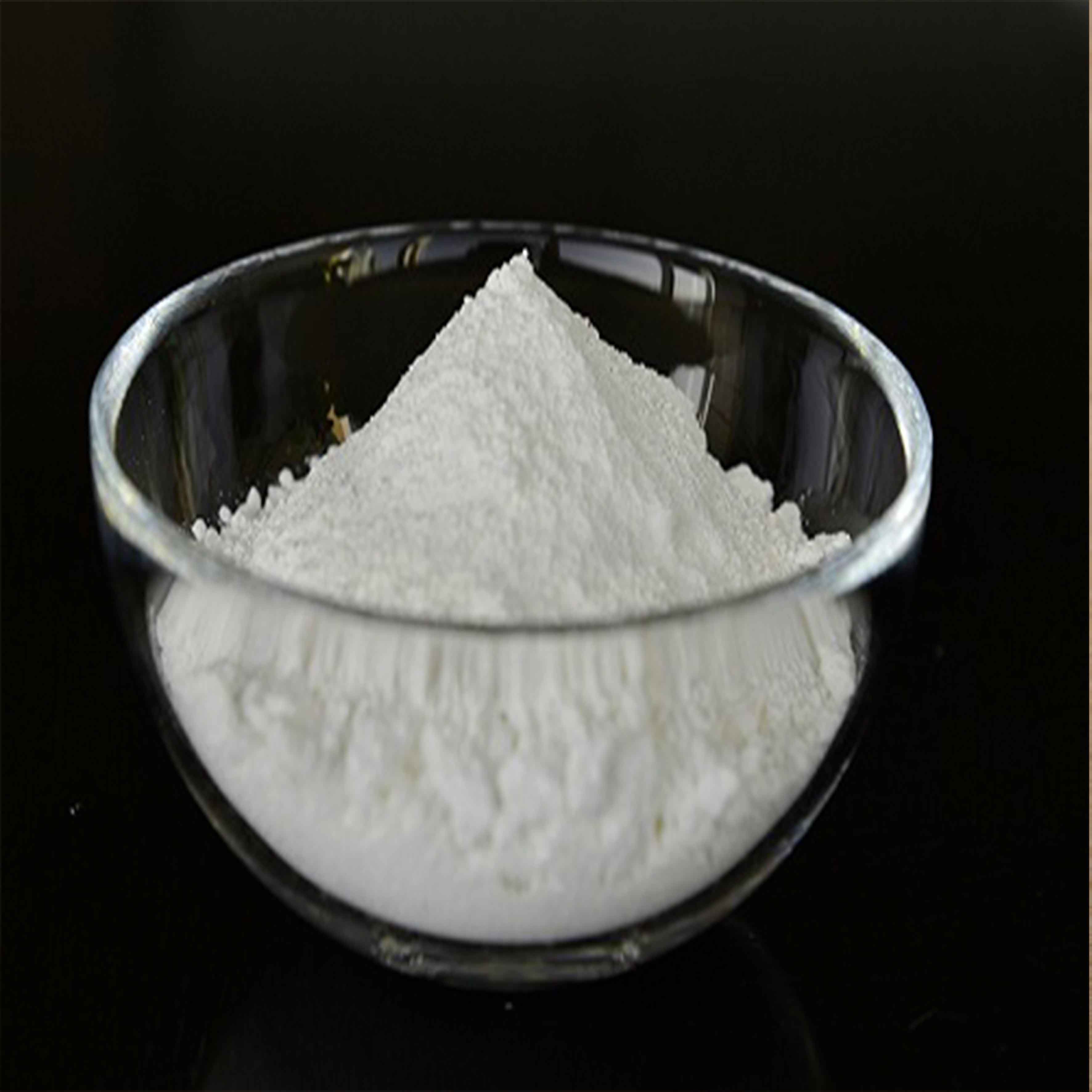
Oct . 22, 2025 12:30 Back to list
TiO2 P90 Nano Titanium Dioxide | High UV, High Purity
A practical buyer’s take on Tio2 P90 (CR-350 chloride rutile TiO2)
If you’re sourcing high-gloss, weather-stable rutile TiO2 for coatings, inks, or outdoor polymers, you’ll keep hearing about CR-350 from Jindi Industrial Park, Dacheng County, Langfang City, Hebei Province. In buyer calls, people often map the spec they call Tio2 P90 to this grade because the chloride route and surface treatment combo hit that sweet spot: clean color, tight particle size, and long-term chalking resistance. To be honest, it’s the sort of “do-most-things-well” workhorse I like to see on shortlists.

What it is and why it matters
CR-350 is a chlorination-process rutile titanium dioxide using advanced oxidation, inorganic coating (typically alumina/silica families), and a tailored organic treatment. In plain English: free-flowing powder, strong hiding, glossy films, and – surprisingly for a broad-usage grade – robust outdoor durability. Many customers say it disperses quicker than older sulphate grades, which tracks with the process physics.

Process flow (short version)
- Materials: high-grade ilmenite/rutile → chlorination to TiCl4 → purification.
- Methods: oxidation to TiO2 → micronization → inorganic coating (≈ Al2O3/SiO2) → organic treatment → milling and classification.
- Testing standards: ISO 787 series (dispersion, oil absorption, pH), ISO 591-1 classification, ASTM D476 property checks; weathering via QUV per ASTM G154.
- Industries: architectural and industrial coatings, printing ink, outdoor polymer masterbatch, PVC profiles/siding, coil coatings.
- Service life: around 7–12 years in exterior coatings depending on binder, PVC, and film build; real-world use may vary.
Indicative specifications for CR-350
| Parameter | Typical value (≈) | Method/Note |
|---|---|---|
| TiO2 content | ≥ 96.0% | ISO 591-1, chloride rutile |
| Rutile content | > 98% | XRD |
| CIE L (whiteness) | ≈ 98.2 | ISO 7724 |
| Oil absorption | 17–22 g/100 g | ISO 787-5 |
| pH (aqueous slurry) | 6.5–8.5 | ISO 787-9 |
| Volatiles at 105°C | ≤ 0.5% | ISO 787-2 |

Where it’s used (and why)
- High-gloss architectural topcoats and OEM finishes – good DOI and hiding at lower PVC.
- Outdoor polymer materials: PP/PE masterbatch, PVC window profiles, siding.
- Printing inks needing brightness plus scuff resistance; actually quite forgiving in let-down.
Advantages I keep seeing: fast dispersion (less mill time), high gloss, and steady color in QUV. One customer told us their semi-gloss exterior tested to 1,000 h QUV with ΔE ≈ 1.2—solid for a mainstream grade.
Vendor comparison (field-notes)
| Grade | Process | Gloss/Weathering | Dispersion | Relative cost |
|---|---|---|---|---|
| CR-350 (Tio2 P90-class) | Chloride | High / High | Fast | Mid |
| Global Chloride Grade A | Chloride | Very high / Very high | Fast | High |
| Sulphate Grade B | Sulphate | Medium / Medium | Moderate | Low |
Customization and QC
Surface treatment can be tuned for hydrophilic vs. hydrophobic systems; packaging in 25 kg bags or FIBCs; shade control in narrow b bands if you care about undertone matching. Testing support typically covers ISO 787 panels, gloss (60°), and QUV per ASTM G154. Certifications: REACH registration, RoHS compliance, and safety per SDS. It seems routine now, but still worth checking lot by lot.

Mini case study
A Southeast Asian coil-coating line swapped an older sulphate rutile to CR-350 (Tio2 P90-type target). Mill time dropped ≈12%, 60° gloss improved from 84 to 88, and after 2,000 h QUV (ASTM G154, Cycle 1) ΔE held under 2.0 with limited chalking. Not groundbreaking, but in a tight-cost market, that’s real money.
Bottom line: if you’re speccing a modern chloride rutile that balances cost with exterior holdout, Tio2 P90-class CR-350 deserves a sample run. Start with your binder system and push a quick dispersion curve; the gloss pops up fast when you hit the right grind energy.
- ISO 591-1:2020, Titanium dioxide pigments — Requirements and classification.
- ISO 787 series, General methods of test for pigments and extenders.
- ASTM D476, Standard Classification for Dry Pigmentary Titanium Dioxide Products.
- ASTM G154, Standard Practice for Operating Fluorescent UV Lamp Apparatus for Exposure of Nonmetallic Materials.
-
Essential Guide to Calcium Powder Quotes – Pricing, Quality & Global Insights
NewsNov.24,2025
-
Reliable Anatase TiO2 Pigment Quotes for Sustainable Industry Use | CQ Titanium Dioxide
NewsNov.24,2025
-
Understanding Lithopone B311 Powder Quotes – Market Insights & Applications
NewsNov.23,2025
-
Reliable 30-50nm TiO2 Powders Quotes for Advanced Industrial Use | CQTitanium
NewsNov.23,2025
-
Comprehensive Guide on Lithopone Red Pigments Quotes | Industry Insights & Pricing
NewsNov.22,2025
-
Comprehensive Insights into the Lithopone Market: Global Trends & Applications
NewsNov.22,2025
